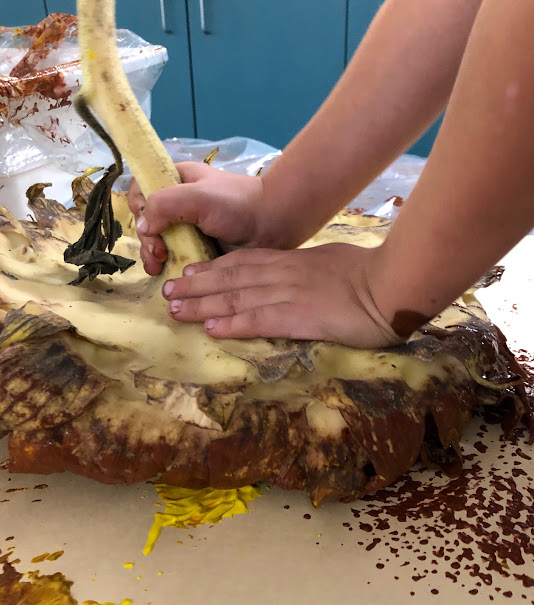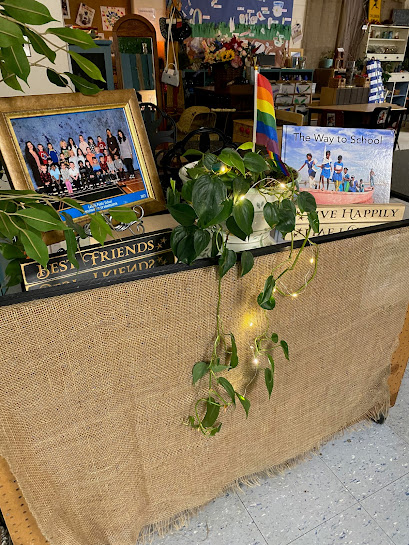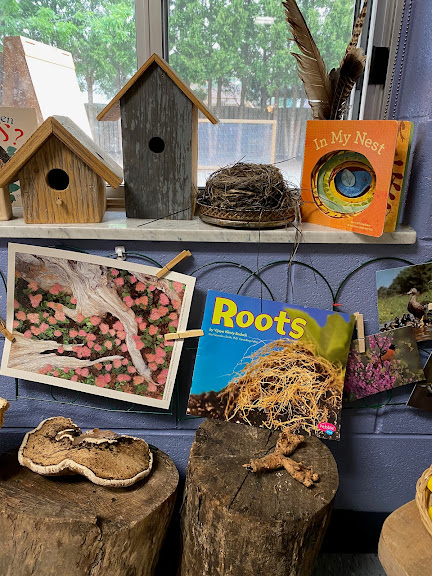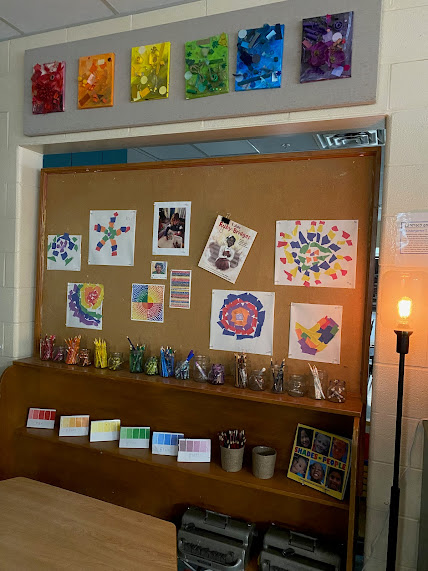"Autumn is a second spring when every leaf is a flower."
Albert Camus
Autumn is my favourite time of year. Once we have settled into the new school year it's amazing to head outdoors and appreciate the interesting changes happening in nature. There is so much potential for math learning outside of the classroom.
To celebrate the 1500th copy of Autumn Math Walk being published here are ten free printables to use with children during outdoor math exploration. Autumn Math Walk is available through Amazon. Enjoy!
Print and laminate this page so that children can bring it outdoors and see how many objects they can collect. Challenge children to find 100 of the same objects (e.g., acorns, leaves). If children's collections are made of different objects challenge them to see how many of each there are and total these to 100 (e.g., 20 acorns + 15 rocks + 12 leaves...)
Provide a copy of this page for each child. During time outdoors ask children to focus on something that piqued their interest. This page can be used to delve more deeply into the observation using the 'see, think, wonder' thinking routine.
Before heading out on a math walk children can predict what they might see and draw these in the left column. For the walk have children attach the page to a clipboard and track how many of each object is observed using check marks or tallies.
This graphic organizer can be used to help children represent all the interesting things they observed on their autumn math walk. Papers can be distributed for individual use or a large one can be printed and used by the class when reflecting after their walk.
Colouring can be a soothing activity. This fun page can be used by children during quieter moments of rest and reflection. It can also be sent home at the end of the day.
Ask children to look for different numbers or groups of objects on their walk. As they notice different arrangements of things they can fill them out on this page (e.g., 1 duck, 2 trees, 3 ladybugs...).
This template can be used once children return from their math walk. It asks children to reflect upon their favourite part of the walk by drawing a picture of what they saw, and completing a sentence to further explain their thinking.
As children explore outdoors ask them to consider the size of objects they find. This template can be printed and laminated for children to use outdoors as they place objects directly in each column (e.g., small acorns, leaves, flowers, sticks). Children can also reflect upon their walk and draw pictures of small and large objects on the paper once returning from the walk.
These five and ten frames can be printed, laminated and brought out with children on their explorations outdoors. Challenge children to use the frames to count different collections of objects that they find. (The frames can be enlarged on a photocopier before laminated to accommodate very large objects).

.jpeg)









.jpeg)
.jpeg)
.jpeg)





















.jpeg)


.jpeg)

.jpeg)
.jpeg)
.jpeg)
.jpeg)
.jpeg)





















.jpeg)
.jpeg)
.jpeg)
.jpeg)



.jpeg)


.jpeg)
.jpeg)
